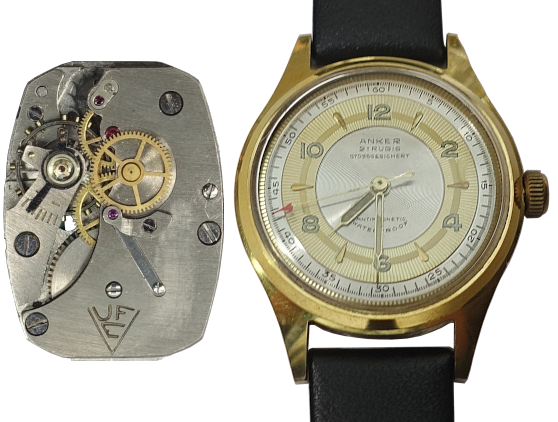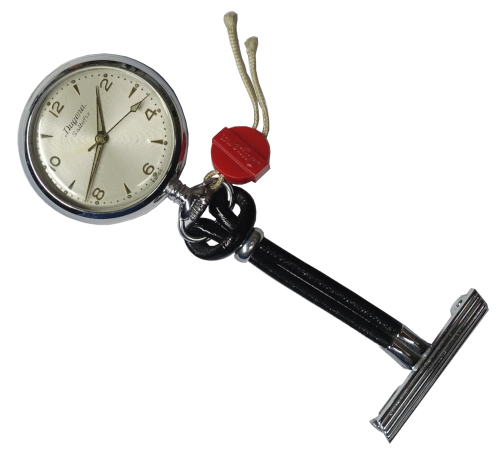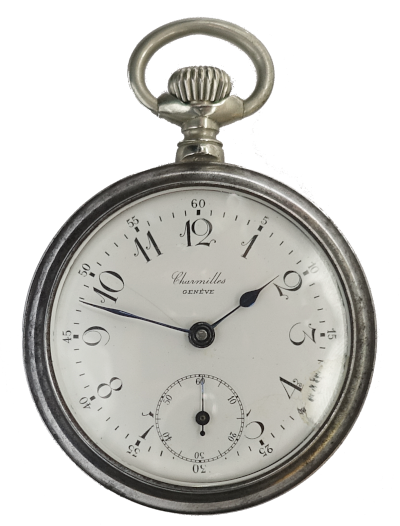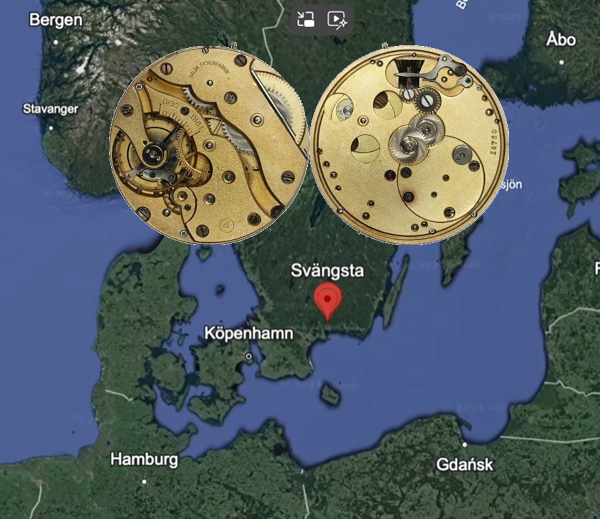Uwersi, or Vereinigte Uhrenfabriken Ersingen (VUFE), was a manufacturer of watch movements and watches that was also one of the pioneers in the development of electric wristwatches.

Uhrwerke – Eine Leidenschaft
Uwersi, or Vereinigte Uhrenfabriken Ersingen (VUFE), was a manufacturer of watch movements and watches that was also one of the pioneers in the development of electric wristwatches.

Some time ago, I presented a pocket watch with dead beat seconds. Today I’m going to talk about a movement for wristwatches with this complication, the Chézard 116. Unfortunately, I can’t present a wristwatch with this movement, but I can present the following fob watch, a Dugena Saltofix, which is attached to workwear with a safety pin.

Albert Henry Potter, a name that makes passionate watch collectors listen up. After all, he was considered one of the best watchmakers of his time. A universal watchmaking genius who not only produced watches of highest quality, but also tried to make affordable watches for everyone. It is the latter that we will be discussing here, pocket watches from the Charmilles brand.

Some time ago, I presented the large Junghans triple-circuit laboratory stopwatches. This time, I’m talking about their little sisters in pocket watch format with the Junghans J28 movement. The triple-circuit dial of this watch is so distinctive that you’ll recognize it at first glance.
Collectors of vintage wristwatches occasionally come across movements marked Robot-Automatic. The interesting thing about this is that an automatic module is mounted on base movements from different manufacturers.

In the first part of this article, we looked at the history of the Swedish company Halda, which produced pocket watches from 1887 and developed its own movements. In the second part, we will now take a look at these movements.
